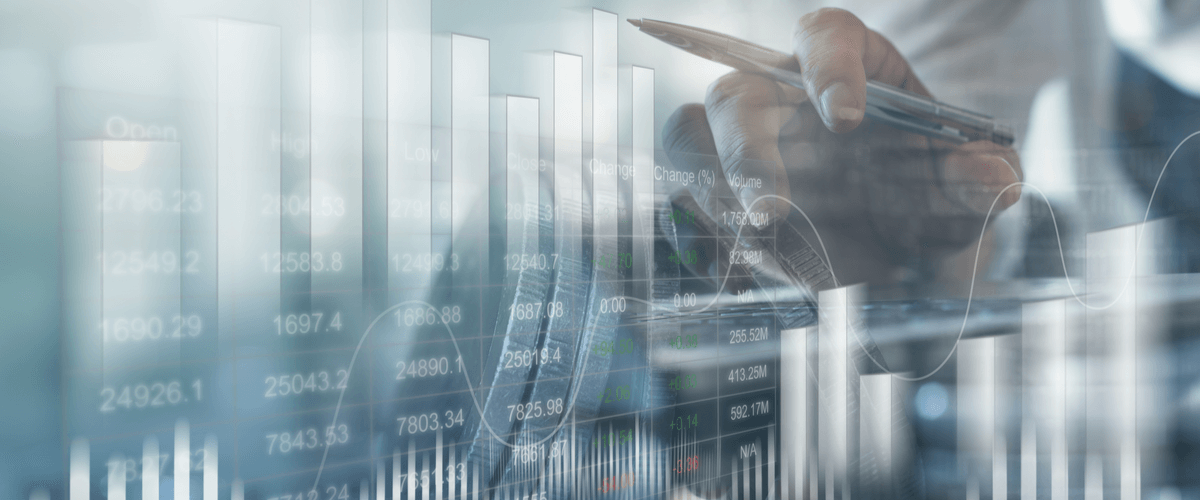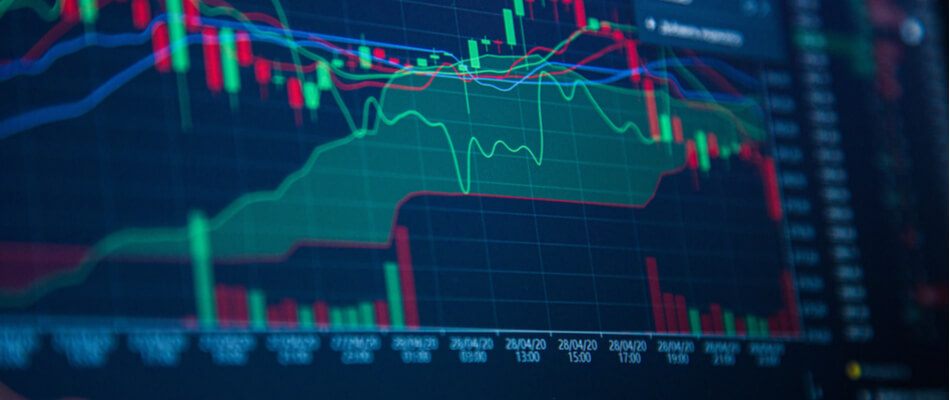
How does the economic cycle work?
The economy is constantly in motion: it has peaks and troughs, one moment the economy is doing very well and the next moment the economy is doing badly or there is even a crisis . This movement of the economy in the long term is called the economic cycle. In this blog we explain what the economic cycle is, but also how you see this reflected on the stock market and how you can invest in each economic cycle.
What is the economic cycle?
The economic cycle is the wave movement of the economy. This wave movement consists of periods of economic growth and economic contraction. Whether there is growth or contraction depends (partly) on the economic cycle. The economic cycle is the wave movement of the economy in the short term, these economic cycle waves together ultimately form the cycle. This cycle is also often referred to as volatility .
What are the phases of the economic cycle?
There are different opinions about the economic cycle, but generally speaking the cycle consists of four phases:
- Economic expansion
- Recession
- Crisis
- Economic recovery
Economic expansion
The first phase of the economic cycle is economic expansion. As the name suggests, this is a phase in which the economy is growing and expanding. Entrepreneurs are willing to invest more and unemployment decreases. In this phase, there is often inflation. During economic expansion, you often see a growing interest in shares within the technology sector on the stock exchange and investing in commodities becomes more popular due to the increasing demand from the industry. Bonds are often less attractive in this phase
Recession
The second phase is recession. After a peak there is always a decline: the recession. The growth of the economy starts to weaken and consumer demand decreases. There is a greater sense of uncertainty. Often people in this phase are more inclined to hoard and save money and are less likely to invest.

Crisis
A recession can lead to the third phase of the economic cycle: the crisis. Growth is not only slowing down, the economy is shrinking. People are being laid off, unemployment is rising and companies are going bankrupt.
In times of crisis, you often see a shift to safer products on the stock exchange, such as bonds . If a company goes under, you are higher on the list for payout with a corporate bond than a shareholder. Prices of corporate bonds are therefore less subject to price drops.
Economic recovery
The last phase is the recovery phase. The crisis has reached its lowest point and the economy is slowly starting to come out of the valley and grow again.
The economic cycle and investing
The economic cycle is a theoretical approach. In practice, it can always go differently, and in reality, the phases will not be exactly followed. It can be useful to look at the cycle as a co-factor to motivate decisions on the stock exchange, but this is not an exact science. You can also better ask yourself what kind of recession will come instead of just when.
But the economic cycle is indeed interesting for the investor. The stock markets and also your portfolio move with the waves of the economy. Keeping an eye on these waves can pay off for you as an investor.
When the economy is doing well, investors are often optimistic, which is reflected in the stock market. This is called a bull market . Investors who already own investments often hold on to them for longer in order to profit from the bull market. For investors who have not yet entered, this can be a reason to wait. You do not want to enter at the highest point.
In contrast, in a bad economic period, you are more likely to have a bear market. Investors are negatively inclined. Some investors seize their chances here and go short (play on price drops). Other investors see it as a low entry point, also called a buying the dips strategy .
Benefit from the economic cycle
Are you following the economic cycle and do you want to take advantage of it? Or did this blog simply make you interested in the investment profession? Then start comparing brokers via our comparator!
